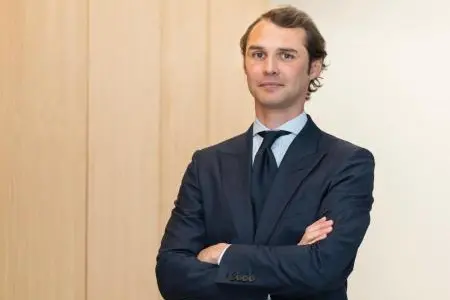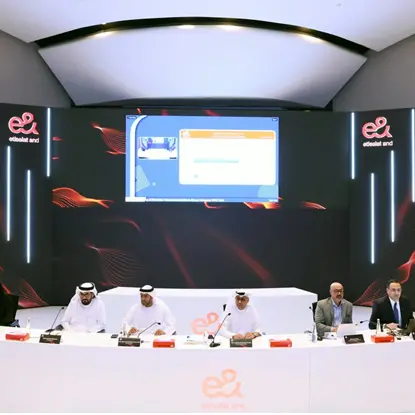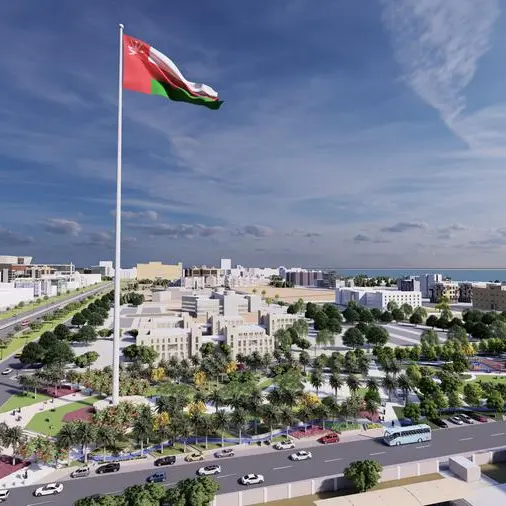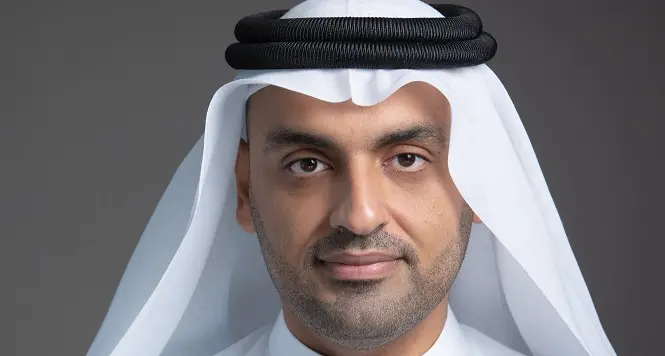PHOTO
Dubai, UAE: In line with the UAE’s aim of providing leading healthcare services, Consultant Orthopaedic Surgeon Dr Herve Ouanezar uses his expertise in knee surgery and sports medicine to treat athletes at Emirates Hospital Day Surgery and Medical Center, Motorcity and EMIRATES SPORTSMED – a leading sports and human performance clinic in Dubai.
In the past five years, there has been considerable progress in anterior cruciate ligament (ACL) reconstruction, and Emirates Hospital Day Surgery and Medical Center, Motorcity has integrated these advances into its care protocol.
For this passionate French Consultant Orthopaedic Surgeon, the prerequisite for successful surgery is a technique that preserves the patient's biology to the greatest possible extent and that best reproduces the biomechanics of the knee combined with a personalised multidisciplinary approach that takes the specifics of each case into consideration.
“Many people think that if their knee is affected, they will suffer for a long time, if not for the rest of their lives,” said Dr Ouanezar. “We want to improve patients’ overall care before, during and after surgery.”
Dr Ouanezar presented innovative clinical results based on his research at the International Congress for Joint Reconstruction Middle East 2019 and the 7th Emirates International Orthopaedic Congress in Dubai.
Native ACL Preservation and Meniscal Repair
Dr Ouanezar’s unique approach to reconstructing a torn ACL – the ligament that stabilises the knee in rotation – involves using an autograft by taking tissue from the patient's thigh or hamstrings. The torn native ACL, which would have been removed in the past, is now preserved to facilitate the new transplant’s biological integration by serving as a tutor.
The second advancement is the improved diagnosis and repair of unstable meniscal lesions known as meniscocapsular tears. This advancement allows for better preservation of the menisci, which act like shock absorbers and play a major role in stabilising the knee. Now patients can hope to delay the onset of early osteoarthritis.
Dr Ouanezar explained, “Two or three years ago, in two out of five patients, these lesions were not visible using an MRI or even during the surgical procedure”.
A ‘New’ Ligament
Dr Steven Claes, a Belgian surgeon, contributed to the third major evolution of this subspecialty in orthopaedic surgery by highlighting the existence of a ‘new’ knee ligament – the anterolateral ligament (ALL). Reconstructing this ligament at the same time as the ACL increases knee stability and protects the ACL graft.
“With ACL, this ligament plays an important role in the rotational stability of the knee. The rate of re-rupture of the ACL after surgery is usually 10%,” Dr Ouanezar explained. “Based on an analysis of 600 patients with a minimum of two years’ follow-up, the combined reconstruction of these two ligaments substantially reduces the rate of re-rupture.”
In the UAE today, athletes between 16 and 32 years of age are most likely to experience knee injuries. “Footballers are most likely to be affected, and those who play basketball, volleyball, squash and martial arts or do CrossFit,” said Dr Ouanezar.
Although age has long been an important criterion for operations – operations were not usually performed on patients aged 40-45 years – this is less likely to be the case today. “Except for cases involving a very degenerative knee with advanced osteoarthritis, there is no major contraindication to surgical treatment,” Dr Ouanezar explained.
Repair vs Reconstruction: Save the ACL
If ACL repair is possible, patients undergo a minimally invasive arthroscopic procedure that focuses on maintaining the patient's native tissue and avoiding the use of grafts. Shorter, less invasive and less painful than reconstruction, this procedure has fewer complications. The patient regains their range of motion more rapidly with minimal atrophy, dramatically reducing the recovery time.
“Surgery is not everything,” Dr Ouanezar emphasised. “We integrate the patient into a personalised rehabilitation program with physical trainers, sports physicians and physiotherapists. After using crutches for one month and adapted physiotherapy for three months, the patient can return to a pivoting sport after six to eight months. The post-surgery results are very promising; more than 90% of the patients report that they are satisfied and more than half are able to play their preferred sports at pre-injury levels.”
At Emirates Hospital Day Surgery and Medical Center, Motorcity, the length of stay is one day, with a significant reduction in post-operative pain thanks to the new compressive cryotherapy system.
--ENDS--
© Press Release 2019Disclaimer: The contents of this press release was provided from an external third party provider. This website is not responsible for, and does not control, such external content. This content is provided on an “as is” and “as available” basis and has not been edited in any way. Neither this website nor our affiliates guarantee the accuracy of or endorse the views or opinions expressed in this press release.
The press release is provided for informational purposes only. The content does not provide tax, legal or investment advice or opinion regarding the suitability, value or profitability of any particular security, portfolio or investment strategy. Neither this website nor our affiliates shall be liable for any errors or inaccuracies in the content, or for any actions taken by you in reliance thereon. You expressly agree that your use of the information within this article is at your sole risk.
To the fullest extent permitted by applicable law, this website, its parent company, its subsidiaries, its affiliates and the respective shareholders, directors, officers, employees, agents, advertisers, content providers and licensors will not be liable (jointly or severally) to you for any direct, indirect, consequential, special, incidental, punitive or exemplary damages, including without limitation, lost profits, lost savings and lost revenues, whether in negligence, tort, contract or any other theory of liability, even if the parties have been advised of the possibility or could have foreseen any such damages.











